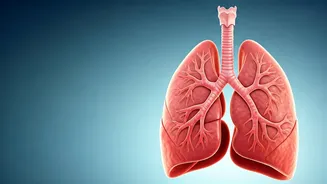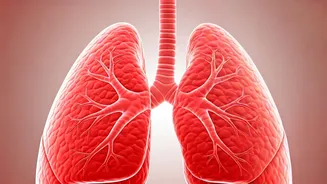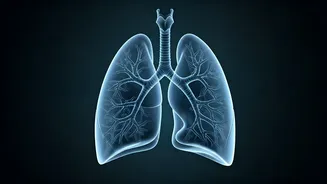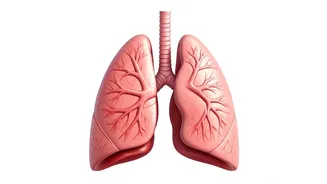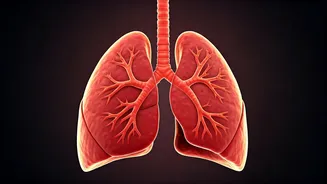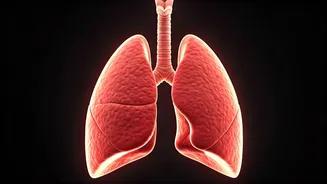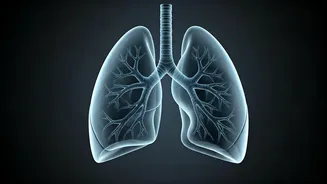Pranayama: The Basics
Pranayama, a cornerstone of yoga, is essentially the practice of breath control. It involves consciously regulating the breath to influence the flow of prana,
or life force, within the body. This ancient practice is more than just deep breathing; it's a holistic approach to well-being that can calm the mind, enhance physical health, and increase energy levels. Incorporating Pranayama into your daily routine can offer a multitude of benefits, from reducing stress to improving respiratory function. The beauty of Pranayama lies in its accessibility; it requires no special equipment and can be practiced anywhere, making it a powerful tool for self-care in today's fast-paced world.
Why Practice Pranayama?
The advantages of practicing Pranayama are manifold. It significantly boosts lung capacity, which is particularly beneficial during times when air quality might be compromised. Regular practice can help to clear the airways and improve oxygen flow throughout the body. Furthermore, Pranayama has a profound impact on mental well-being; it can reduce stress, anxiety, and promote a sense of calm. Through controlled breathing, the nervous system is gently regulated, leading to a more balanced emotional state. Beyond the physical and mental benefits, Pranayama can also deepen one's spiritual connection by fostering a greater awareness of the present moment.
The 10-Minute Routine
A simple 10-minute Pranayama routine can be incredibly effective. Begin by finding a comfortable, quiet space where you can sit or lie down without distractions. Start with a few minutes of deep, diaphragmatic breathing – breathing from your belly rather than your chest. This helps to relax the body and mind. Next, incorporate techniques like alternate nostril breathing (Nadi Shodhana), where you gently block one nostril and inhale through the other, alternating between each nostril. This helps to balance the energy channels. Finish with a few minutes of quiet observation of your breath, simply noticing the natural rhythm without trying to change it. This routine serves as a starting point, so feel free to adapt it to your specific needs.
Chest-Opening Poses
Chest-opening poses can enhance the benefits of Pranayama by promoting better airflow and expanding the chest cavity. Simple poses like the Bridge Pose (Setu Bandhasana) can help open the front of the chest and stretch the lungs, making breathing easier. Another effective pose is the Cobra Pose (Bhujangasana), which strengthens back muscles and opens the chest. Even gentle shoulder stretches can improve breathing. By regularly incorporating chest-opening poses into your practice, you can complement your Pranayama routine and maximize its benefits. Remember to listen to your body and never push yourself beyond your limits, ensuring a safe and comfortable practice.
Diwali Season Benefit
Diwali season, often associated with celebrations and festivities, can also coincide with increased air pollution in many areas. Incorporating Pranayama into your daily routine during this time can be particularly beneficial. The practice helps to clear the airways and strengthen the lungs, which can act as a natural defense against the effects of poor air quality. By focusing on your breath, you can also cultivate a sense of inner peace and reduce stress, promoting overall well-being. Regular practice can help to bolster your resilience during a time that might bring added physical and mental challenges, making it an excellent addition to your routine during the festive season.
Getting Started Today
Embarking on a Pranayama journey is simple. Start by setting aside just 10 minutes each day. Find a quiet space where you can be undisturbed, and wear comfortable clothing that allows for easy movement. There is a vast library of online resources offering guided Pranayama practices for beginners, so consider using them to gain a clear understanding. It's often helpful to begin slowly and gradually increase the duration and intensity of your practice. Remember, consistency is key, so make Pranayama a regular part of your daily life. Over time, you’ll discover its profound impact on your physical and mental well-being.
